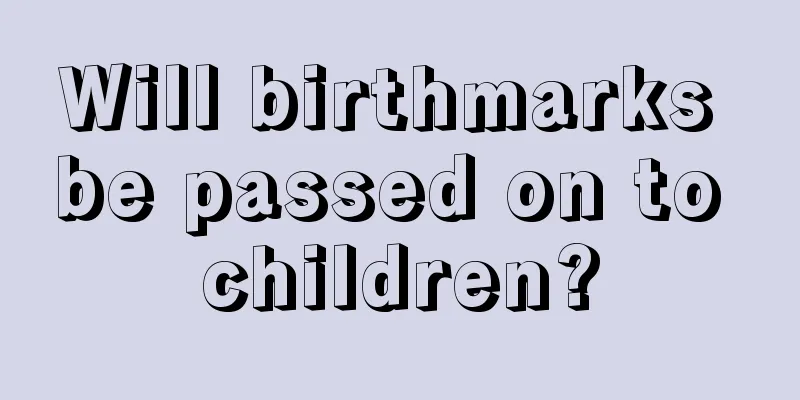Is nebulization effective for rhinitis?

|
Nebulization is a method of treating physical diseases through the use of medicinal vapors, and rhinitis is a very common nasal disease in life. Suffering from rhinitis can easily affect normal life and cause damage to the nasal mucosa. Nebulization treatment can relieve rhinitis, but it cannot cure rhinitis fundamentally. It can be treated through surgery or by taking medication to treat rhinitis. Can nebulization cure rhinitis? Although the atomization can temporarily relieve the pain, it cannot cure the root cause. Some rhinitis is treated with medication, while others require surgery. Generally speaking, if there are serious structural problems in the nasal cavity or sinuses or if neoplasms grow, surgery is most likely required. The main framework of the nasal cavity and paranasal sinuses is normal, and only inflammation of the mucosa What are the most susceptible groups? Those with a history of allergic diseases in their family (parents, grandparents, etc.); Children and adolescents aged 4 to 16 years old; People with allergic diseases (eczema, asthma, drug allergy, etc.). What are the causes of the disease? Contact allergens (decoration materials, pollutants, chemicals, dust, latex, smoking environment, animal dander, pollen, dust mites, insect excrement, mold, certain foods, occupation, etc.). With the acceleration of social industrialization and the improvement of people's living standards, some new allergens continue to emerge, such as aromatic hydrocarbon compounds produced by diesel engine combustion and latex in medical gloves, which are highly allergenic. In addition, formaldehyde released by some indoor pollution sources such as cigarettes and wooden furniture are also important allergens. These factors are one of the main reasons why the incidence of allergic rhinitis is increasing year by year worldwide. What are the symptoms of allergic rhinitis? The four typical symptoms of allergic rhinitis are: itchy nose, sneezing, clear nasal discharge, and nasal congestion. Itchy nose: In mild cases, there is a feeling of ants crawling in the nose; in severe cases, it is unbearable and the patient often rubs the nose from time to time. Sneeze: Sneeze continuously, often several or dozens of times. Runny nose: A lot of clear watery nasal discharge. In severe cases, the nose will run all day long. Nasal congestion: It can be intermittent or continuous, unilateral or bilateral, or alternating between the two sides. In severe cases, you need to breathe through your mouth. Nosebleeds: Some children will experience recurrent nosebleeds, which usually stop on their own. Since child patients are unable to describe their symptoms in detail, they require careful questioning and observation by their parents or doctors. |
<<: What are the effects of thornwood seeds
>>: What are the functions and effects of tocopherol
Recommend
What nutrients do fresh walnuts have?
The walnuts we often eat in our lives are also ve...
Is it good to use a wooden roller to massage the soles of your feet?
In daily life, most people have the habit of mass...
How can I remove liver spots?
You may not be so familiar with liver spots. In f...
How to whiten the whole body with white vinegar_Can white vinegar whiten the whole body
Loving beauty is every woman's nature. Female...
Which flowers are prone to pollen allergies?
In spring and summer, many plants bloom, and on w...
Is small cell renal cell carcinoma serious?
Small cell carcinoma in kidney cancer is a very s...
How to remove sun spots on arms
Many people often have sun spots on their arms. S...
What to do if your waist hurts after being hit
In daily life, people are always bound to encount...
What are the dangers of small triple positive?
The harm caused by Hepatitis B virus (HBV) is rel...
How much sleep does a 14 month old baby need?
A 14-month-old baby is already over one year old....
Which is more harmful, tobacco or alcohol?
Nowadays, many men around us drink and smoke. At ...
What are the treatments for nasopharyngeal carcinoma?
Once diagnosed with nasopharyngeal cancer, many p...
How long can a person in his 60s live with uterine cancer
The survival time of people in their 60s with ute...
Is it harmful to take X-rays of babies?
When a baby is sick, it is the saddest time for t...
What are the benefits of practicing splits
If you like dancing, then you must know that lear...









